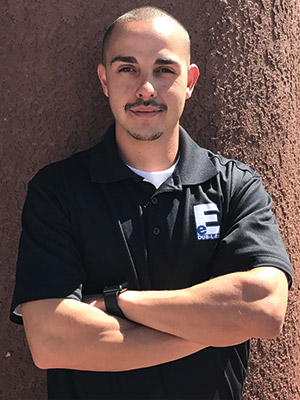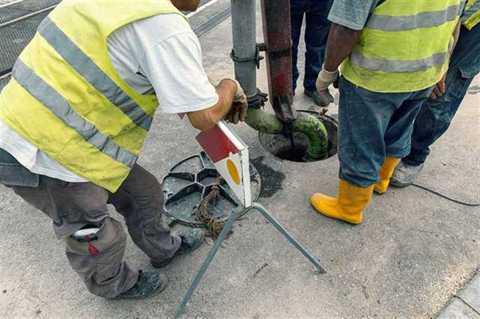To understand what you have to do about a clogged sewer line, it’s first important to do some diagnostic tests. A lot of the time, people will think they have a clogged sewer line, but it’s actually just a clogged fixture.
Signs of a Clogged Sewer Line
The signs of a clogged sewer line are a lot like the signs of a clogged fixture, but you’ll see them throughout your home. That’s because clogged sewer lines are a systemic issue that will affect all of your plumbing. If your sewer line is clogged, you may see a number of the following signs:
- Gurgling, bubbling toilets
- Slow running drains
- Water backing up in toilets or sinks when you flush the toilet
- Water backup when your washing machine or dishwasher empties
Causes of Clogged Sewer Lines
There are two common causes of clogged sewer lines – things you’ve flushed down the drain clogging the line, and tree roots.
Tree roots are by far the more common cause, and it’s pretty easy to know whether or not tree roots are a possibility. Look around your home and your neighbors’ homes – are there trees? If there are, the cause might be tree roots.
Hygiene products, grease, and other things you shouldn’t flush (including “flushable” wipes) are the other cause of clogged lines – this is far less common, because you’d need a lot of these small items to actually cause a clog. Main sewer lines are usually around half a foot in diameter, so as you can imagine, these items usually flow through pretty easily.
How to Unclog Your Sewer Line
You may or may not be able to unclog your sewer line on your own – in most cases, if the clog is noticeably impacting your home’s plumbing, it’s probably big enough that you’ll need to call a professional.
To avoid sewer backup, you can try alleviating the pressure in your sewer. Turn off your water main, and try to locate your sewer cleanout line – a short, white line with a screw-on cap. Unscrew that cap (carefully – this is sewage we’re dealing with). That should reduce the pressure and force any backed up water down the drain. Of course, that won’t clear the blockage in most cases, so you’ll still need to do a bit more work.
Tree roots can be dealt with through the use of root killers (you can make your own root killer or buy commercial root killers). These chemicals will kill roots but not the tree. They can be slow working, however, and they don’t prevent new roots from infiltrating your sewer line.
To deal with the problem in a more permanent capacity, or to get rid of non-root clogs, you’ll need to call a plumber. They can repair cracks in your sewer line, use a camera to find hard to spot clogs, and a whole lot more. Our plumbing contractors in Albuquerque are experts in sewer line repair, so we can help get rid of clogs and repair the line in the case of hairline cracks or more serious problems.

Eddie has been a resident of Albuquerque his entire life.
After he graduated from high school, Eddie joined the Plumbers & Pipefitters Union where he obtained his Journeyman Plumber and Journeyman Gas Certifications. He then worked in the commercial plumbing industry for 7 years until he and his father decided to go into business together and started Dub-L-EE, LLC.
In the last 7 years Eddie has obtained his GA02, GA03, and MM98 certifications allowing Dub-L-EE to fully utilize Eddie Sr. and Eddie Jr.’s expertise in the construction industry.

